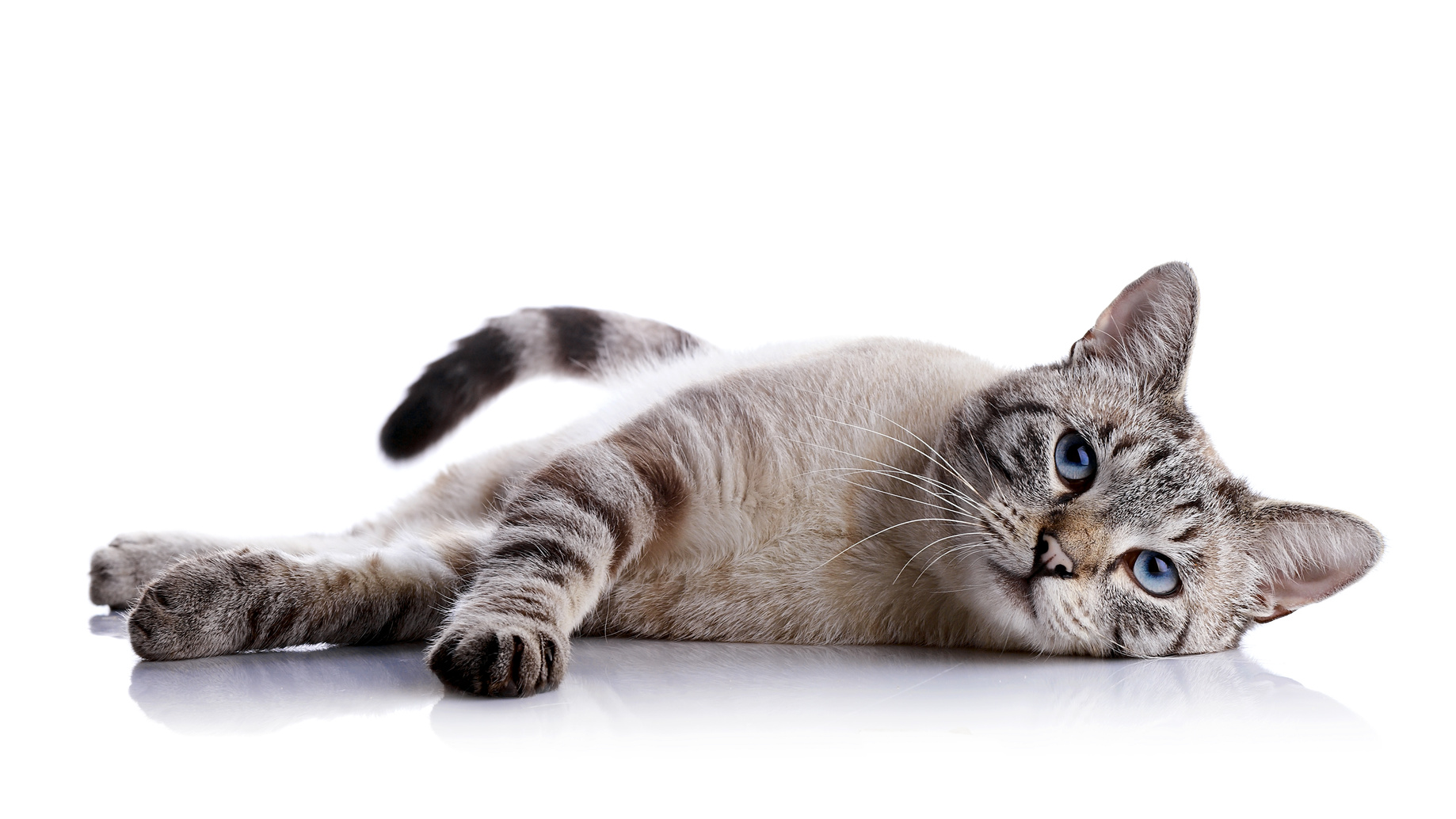Urinary issues are among the most common reasons for feline emergency visits. Your cat may suddenly develop bloody urine, start urinating outside the litter box, spend lots of time going in and out of litter box, or strain to urinate with little or no urine production. Sounds like a urinary tract infection, right? Probably not! Urinary tract infections are actually rare in otherwise healthy cats, especally males (although cats with diabetes, on steroids or other immuno-suppresive drugs, or who have a history of documented infections are much more likely to truly have an infection). Most cats showing these signs have likely developed a condition called Feline Interstitial Cystitis (FIC) or Feline Lower Urinary Tract Disease (FLUTD). This is a sterile (non-infectious) inflammation of the bladder and urethra. It is very painful and can cause signs that look almost exactly like a UTI. The process of how this syndrome develops is still being studied, but it often seems to be associated with stress or change in the home–even something as minor as changing the type of kitty litter or having visitors over can lead to cats developing this condition.
What do you do if you suspect your cat has FIC? Bring him or her to the vet right away! Male cats in particular can develop obstructions in the urethra that are life-threatening–these cats need to have the obstruction relieved immediately. If your cat does not have an obstruction, he or she will still need diagnostic testing (to determine if there are bladder stones, crystals, or other abnormalities in the urinary tract), and treatment to make them feel better (this usually includes fluids to help flush the urinary system, pain medication, and particularly for males, medication that reduces urethral spasms).
What can you do at home to prevent FIC? Decreasing stress or changes, making sure there are enough litter boxes and they are set up and maintained appropriately, and increasing water intake are the most important things you can do for your cat’s urinary health. For more information and detailed recommendations, please check out the Indoor Pet Initiative website at www.indoorpet.osu.edu and the American Association of Feline Practioners website at www.catfriendly.com. You can also ask your primary veterinarian for advice and suggestions about litter box maintenance, encouraging water intake, and decreasing stress factors.
Author: Dr. Mickie Mogilensky

